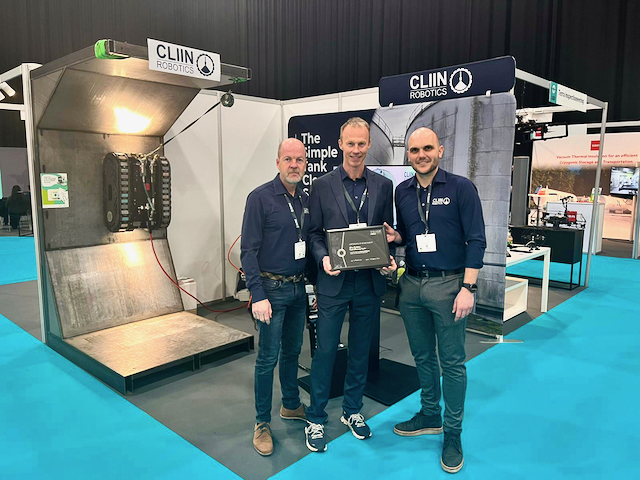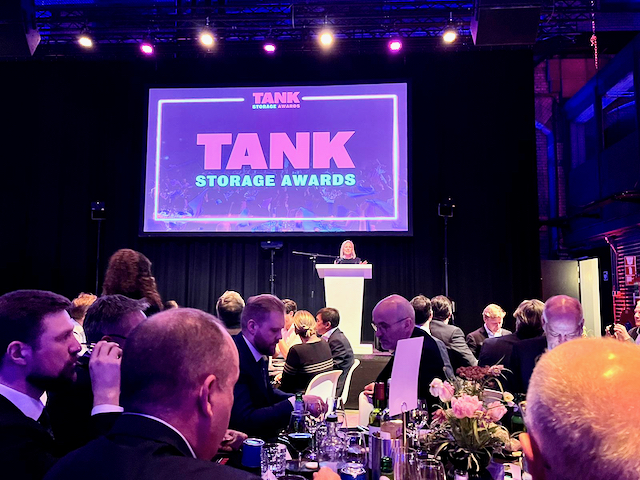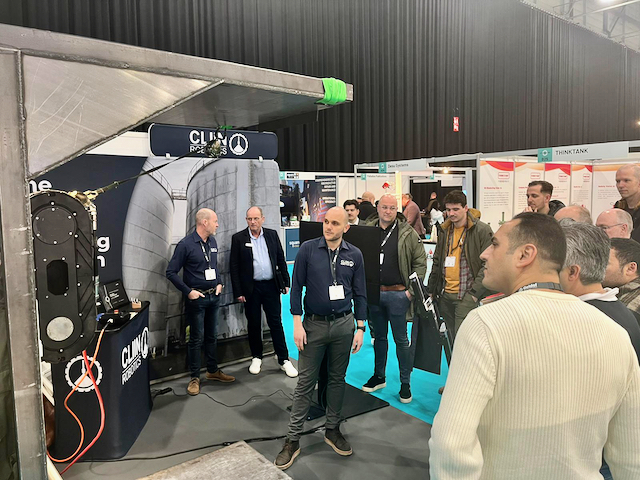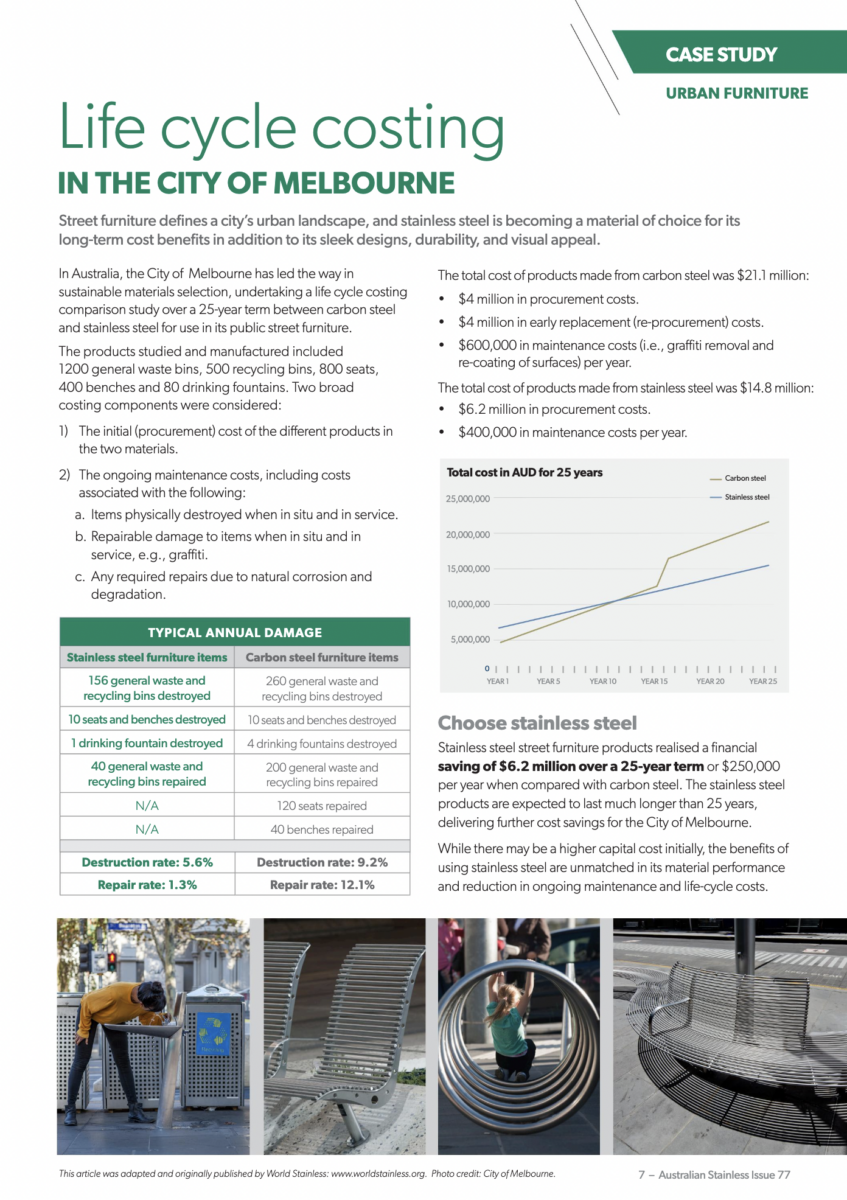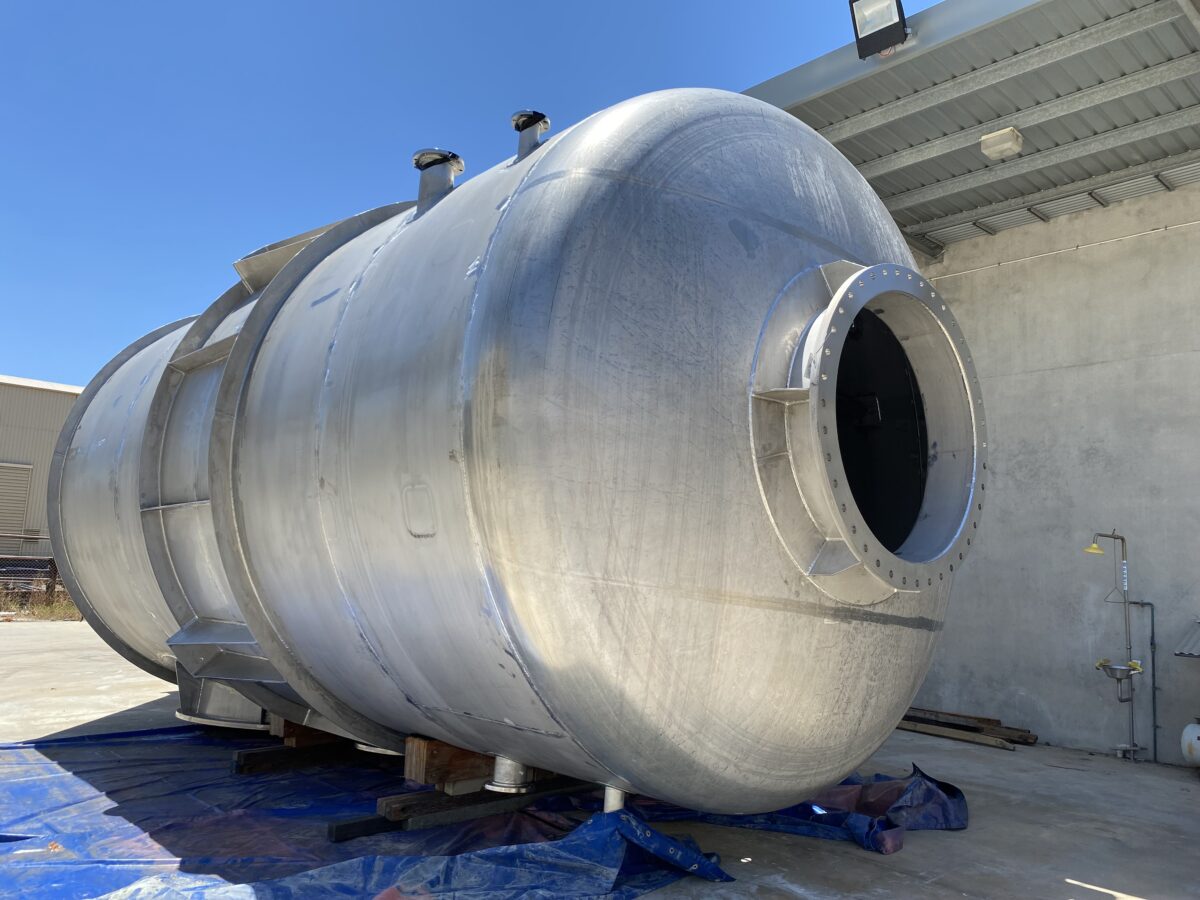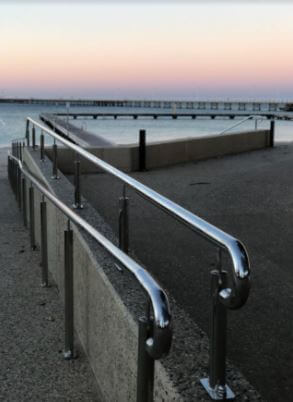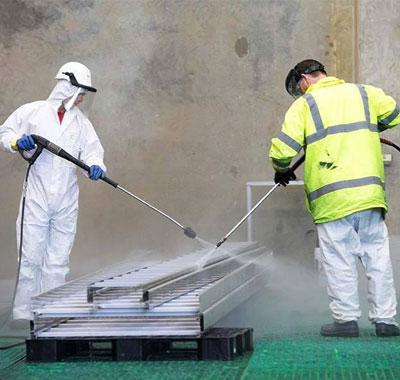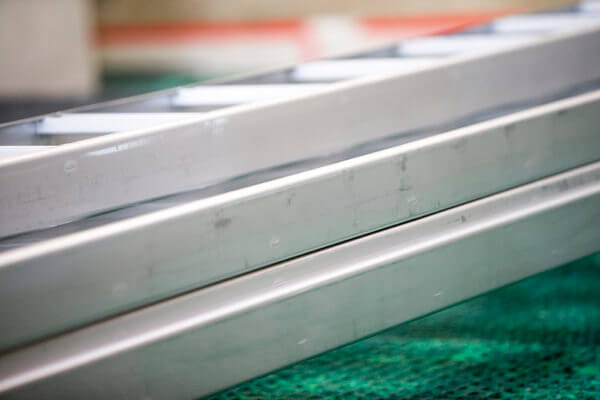CLIIN Robotics Wins Silver at 2024 Global Tank Storage Awards
CLIIN Robotics is pleased to announce its achievement at the 7th Global Tank Storage Awards held in Rotterdam on March 12th, 2024. The event, which brought together over 200 industry professionals, recognized outstanding contributions to safety, innovation, sustainability, and diversity in the tank storage sector.
CLIIN Robotics proudly secured the Silver award in the category of “Emerging Technology” for its groundbreaking Tank Cleaning Robot (TCR), a revolutionary solution designed to streamline internal and external tank cleaning processes, making them more efficient, sustainable, and safe. The Gold in this category was claimed by Sherwin-Williams Protective & Marine for their Heat-Flex 7000, while Diamond Key International Group secured the third position with their DKI Mobile Additive Dosing System.
Although CLIIN Robotics was also nominated in the “Drones & Robotics Solution” category, the victory was not secured. Nonetheless, we extend our sincere congratulations to the deserving winner, Factory Mutual Class 1 Division II Certified Inspection Robots, Square Robot, for their exceptional achievement.
Securing the Silver award serves as recognition of CLIIN Robotics’ dedication to innovation and excellence in the tank storage industry. It reflects our commitment to pushing boundaries and striving for even greater success.
The award ceremony was held during the StocExpo trade show, a premier event in the tank storage industry that attracts professionals and companies from around the world. CLIIN Robotics was proud to showcase its cutting-edge technology and solutions at the exhibition. The presence of CLIIN Robotics at StocExpo reaffirms our commitment to engaging with industry leaders, sharing knowledge, and collaborating to drive advancements in tank storage efficiency, safety, and sustainability. We are grateful for the opportunity to connect with stakeholders, demonstrate our capabilities, and contribute to shaping the future of the tank storage sector.
First published: https://www.cliin.dk/
For further details visit out Tank Cleaning Robot page, or contact us.
 ICS will be closed for the Christmas and New Year period from 12pm, 22 Dec - 9 Jan 2023
ICS will be closed for the Christmas and New Year period from 12pm, 22 Dec - 9 Jan 2023
